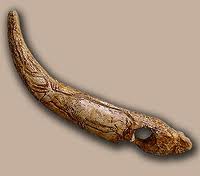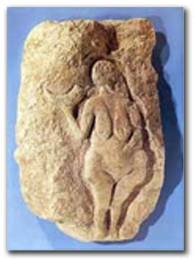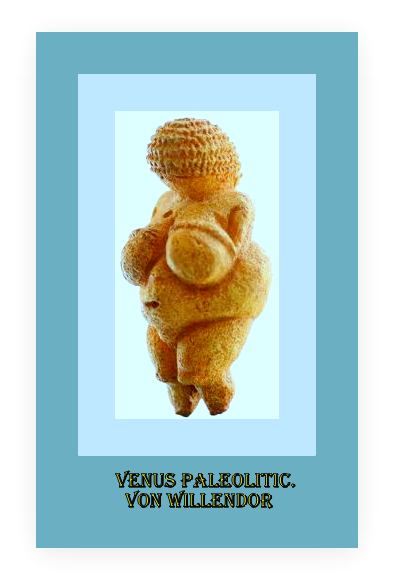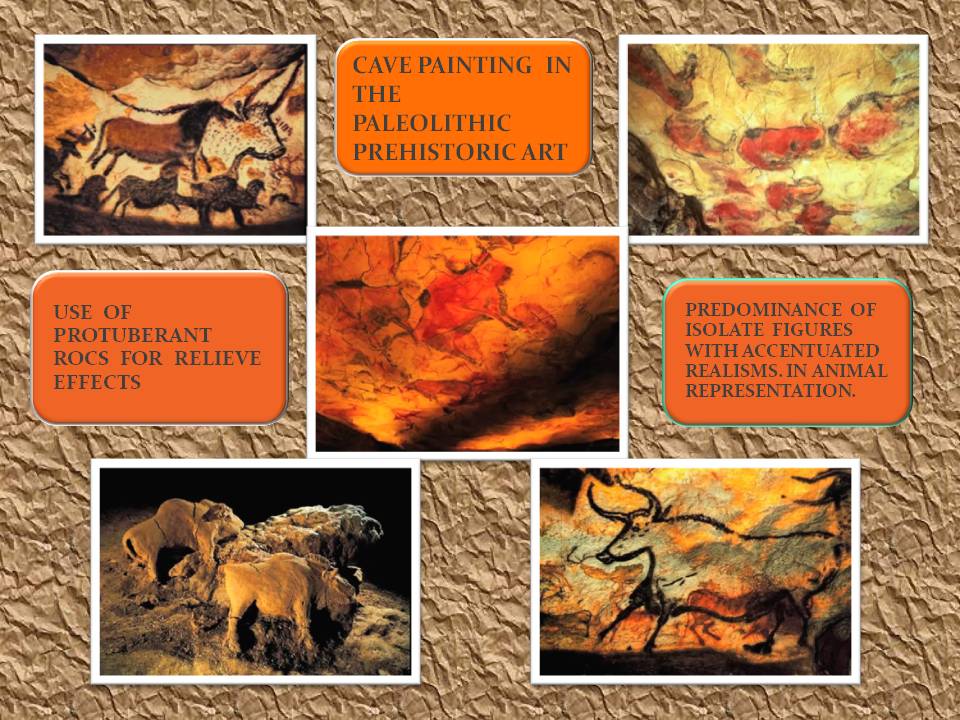Paleolithic Art (old stone)
30,000-10,000 B.C
Human beings at this time were strictly hunter-gatherers, which mean that they were constantly on the move in search of food. They were also egalitarian, which meant that both women and men enjoyed similar freedoms. The art was portable or stationary, and both of these art forms were limited in scope. Paleolithic period observe a considerable period of times in the history of man, Artistic skills develop by those ancient people constitute the base of all the future techniques applied in the history of art later.
Trying to characterize the art of a period covering most of human history is not an easy task since Paleolithic art intricately is subordinate to the archaeological and anthropological studies made by professionals in the attempt to compile and get to know the greater amount of information.
Portable art in Paleolithic period
This type of art could be move or transport. During the period of the upper Paleolithic art was necessarily small and portable objects, mainly consisted of figurines or small decorated objects. These objects were carved (in stone, bone or horn) or modeled with clay or elaborated from wood.
We will refer to the majority of portable art from this time as figurative, whether what was depicted was an animal or a human figure.
The figurines found are often mentioned by the name of “Venus”, which are unmistakably figures suggesting pregnant females with protuberance of sexual and reproductive organs.

Stationery Art in paleolithic period
Stationery art was precisely that: it does not move. The best examples that exist are found in the cave paintings in Western Europe created during the Paleolithic period. These paintings were made from combinations of minerals and mixing then using for the wed base the internal substance of bones and carbon, blood and fat of animals and sap from the trees. The pigments obtained and mixed with the wed base were applied to the surface of the cave wall.
It has been statement (and is only an assumption) that these paintings served as some sort of ritual or magical propitiatory purpose, they are far from the entrance of the caves in which everyday life was carried out. The cave paintings not only contain figurative art, which means that many elements are more symbolic than realistic. The exception clearly, here, is the representation of animals, which are vividly realistic (human are represented, on the other hand with simple stroke of lines like a stick or stake form) .
There is a curious element in these caves paint’s , you could figure that been done in the darks places of this natural rock formations should be there traces of smoke of torches, but there is no present of this type of stains, which gave rise to an investigation by specialists to know how they were able to create these paintings in the darkness and from where did they get the necessary light.
Remains of kind of candles or primitive lanterns were found in those caves that used animals fat that do not produce toxic and burn slowly, that’s why smoke or grease traces of black soot on the surface of the walls or ceiling of the caves are not present.
The Lascaux painting in France shows that they used almost exclusively black, yellow and red pigments in those caves, had not been found any blue or green pigments, as neither the use of white pigment despite being a natural substance of whitish color here in abundance.
In cave painting; first man mark the outline of the figures with a rudimentary carving tool made from stone fragments. they remarked later the contours in black. Pulverized pigments obtained from plants and mixed with animal fat and marrow with organic substances properties are later applied . The application of color was done directly on the figure, using fingers, rough brushes and spatulas. The moisture of the rock would provide the necessary adhesion. This can be considered as a foretaste of what would later be the technique of fresco. The lack of light in the caves and a constant humidity help to its preservation for centuries. They are in a very good condition considering the time in which they were created.
Important cave painting examples are located in:
France: Chauvet, Cosquer, Cussac, Font-de-Gaume, Lascaux, Les Combarelles, Les Trois-Freres, Niaux, and Rouffignac.
Spain: Altamira.
Although there are some others 300 to 400 sites that have been documented. All of them provided rich information one way or another about this painting techniques, thematics and level of skills reach by this ancient artist.
Principal characteristic of Paleolithic art period
– The Paleolithic Venus in stone carvings were made in small size and easy to carry.
– Predominant representation of animals in the painting.
– The only human figure were outlines with a simple stroke resembling stakes.
– The use of rituals and dances to promote favorable climatic conditions and other circumstances of welfare such as healing the sick.
– Paintings with limited color range using several methods predominantly the use of hands for the application of the paint as well as coarse brushes and rudimentary stakes.
– Use of the forms of protruding rocks to give a feeling of depth and relief.



